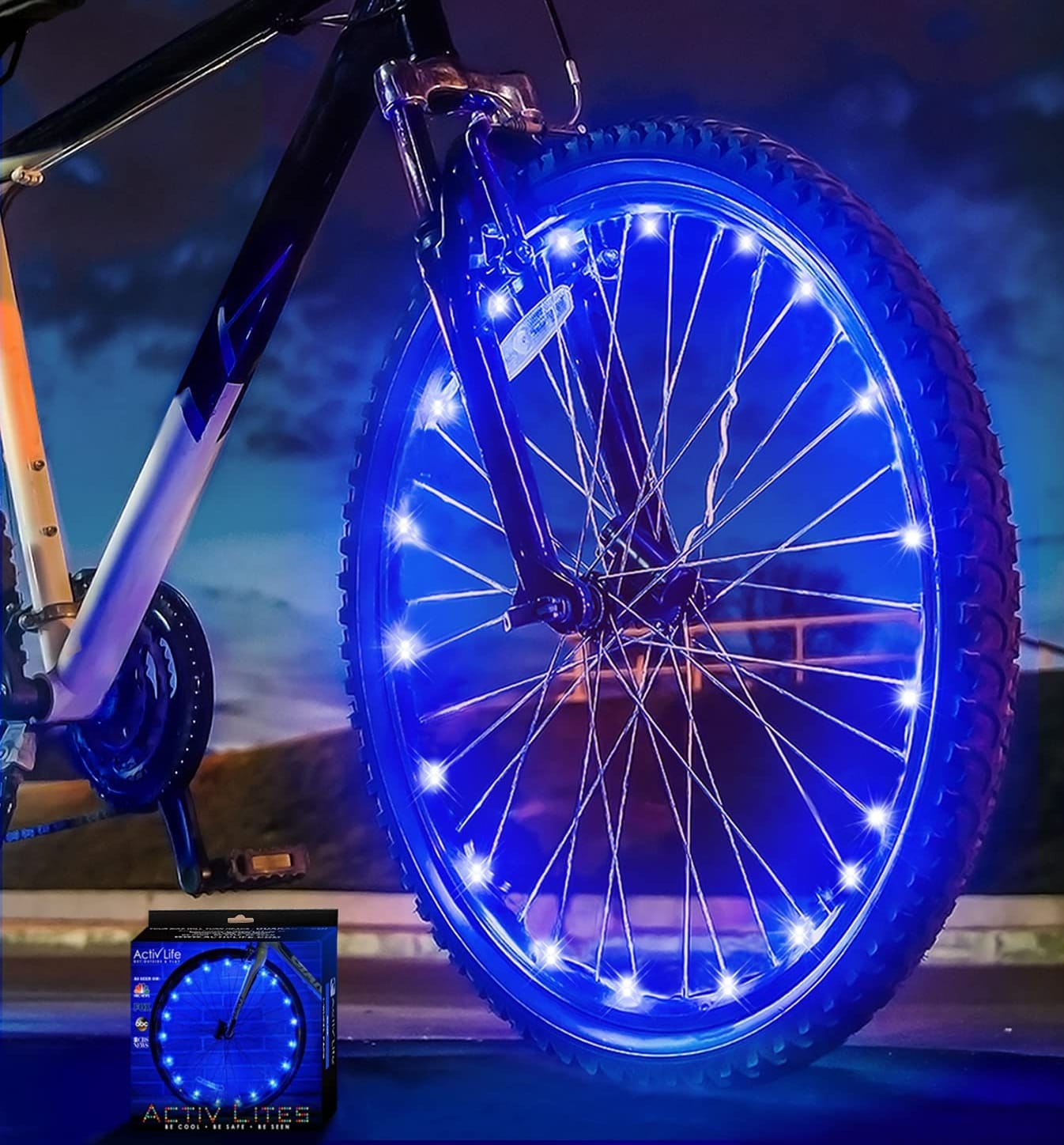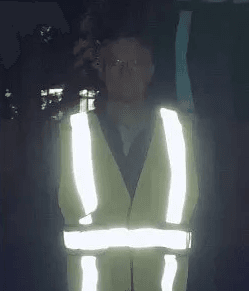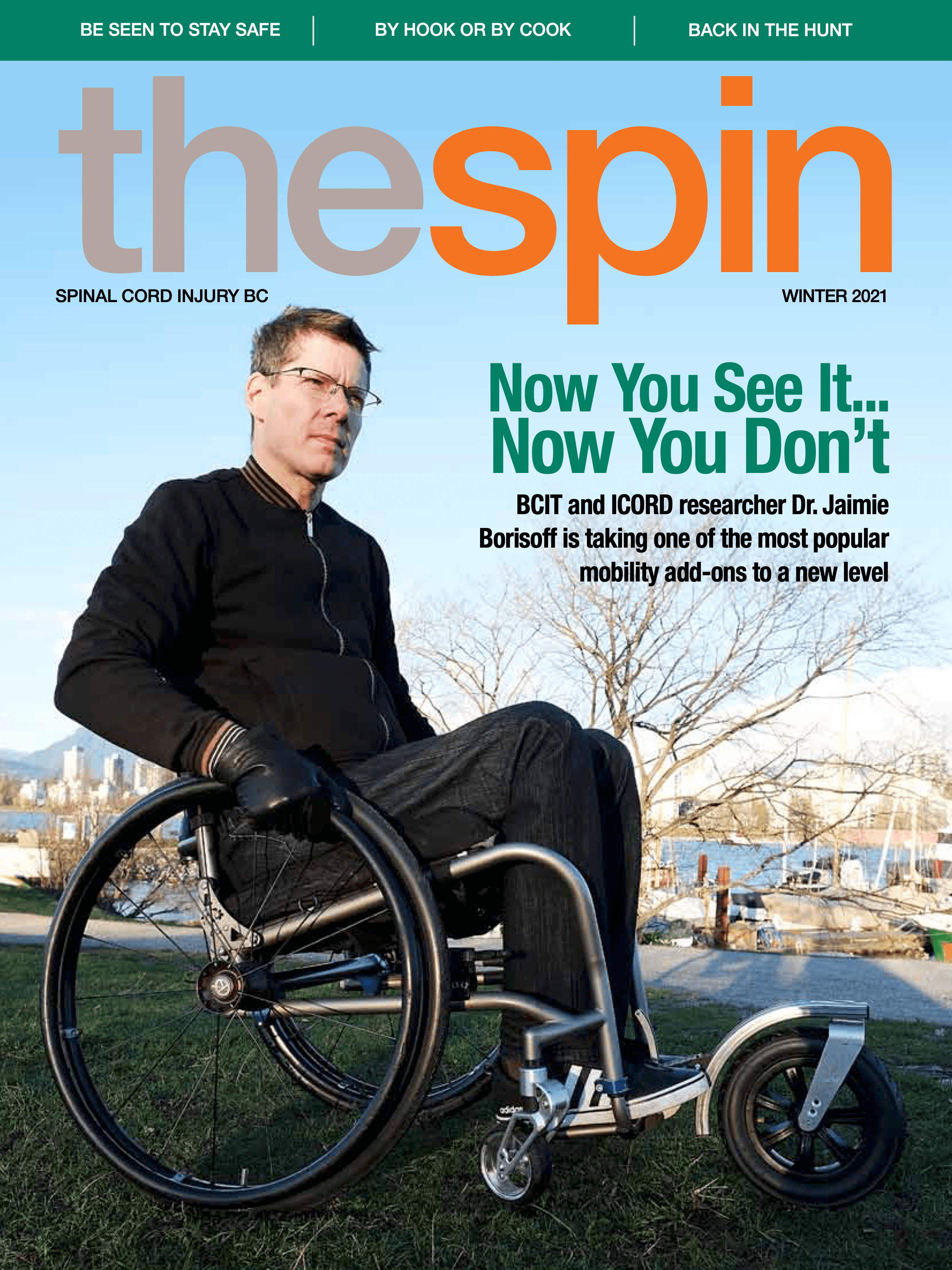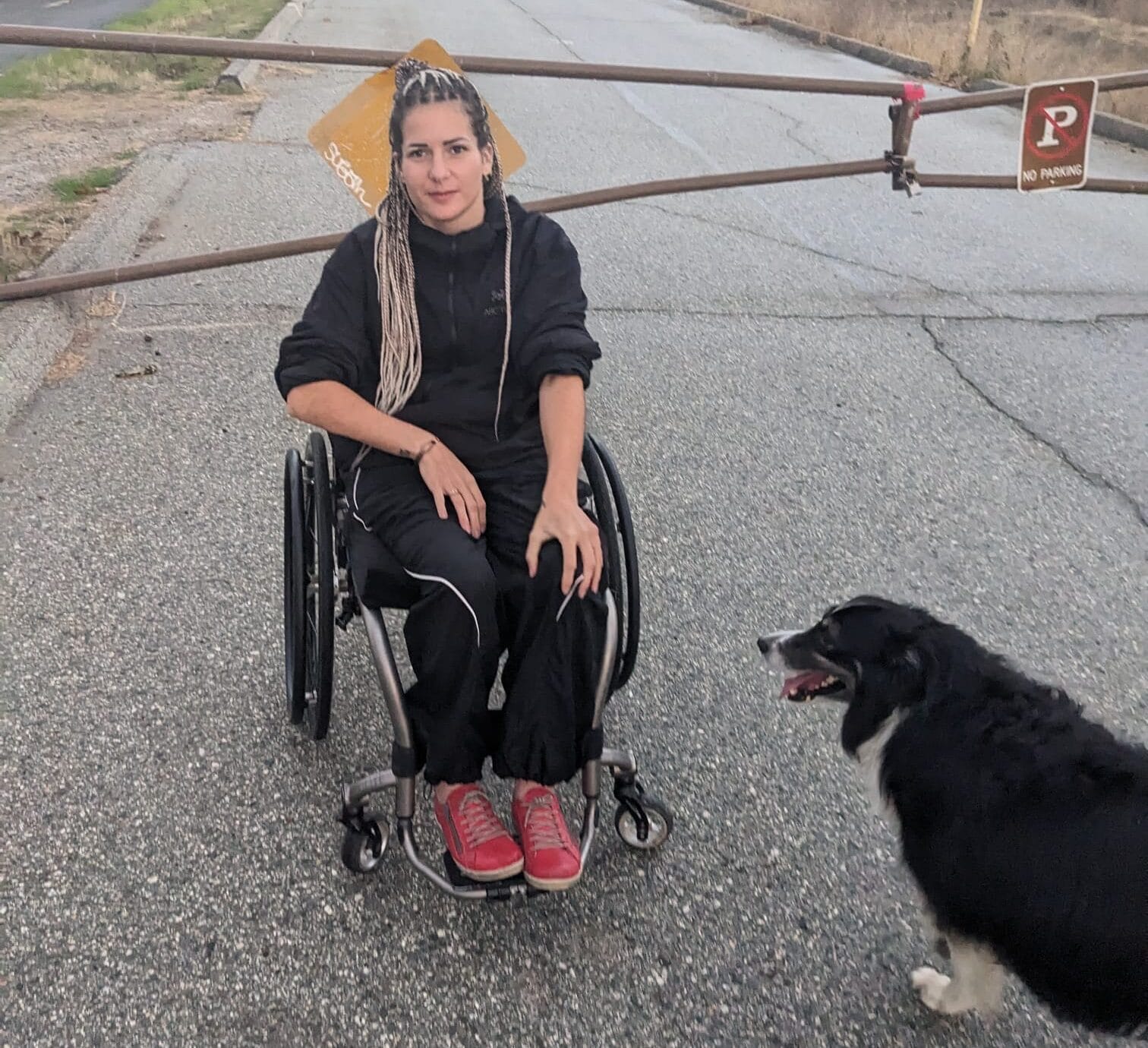
It’s a tragedy that happens far too often—you open the newspaper or your go-to news site and read about yet another wheelchair user who has been struck by a vehicle. It’s likely that a few readers have been involved in a pedestrian/vehicle incident, and many more know of other peers who have been hit by a car or truck. Beyond the anecdotes, statistics make it clear that wheelchair users are significantly more vulnerable to being struck by a vehicle than other pedestrians.
One American study that analyzed data between 2002 and 2010 concluded that, in the USA, an estimated 1,040 wheelchair users were treated in emergency departments each of those years for non-fatal injuries related to collisions with vehicles. Another study of wheelchair users in the USA concluded that, from 2006 to 2012, wheelchair users had a 36 percent higher risk of being involved in a fatal collision than non-wheelchair users.
Meanwhile, other studies have clearly demonstrated that the majority of pedestrian/vehicle collisions occur at night—and that one of the most critical factors underlying these events is that drivers just don’t see pedestrians.
Of course, none of this is a revelation for most wheelchair users, and over the years, like cyclists and able-bodied pedestrians, they’ve used a variety of strategies to increase their visibility.
These include orange flags, reflective safety vests worn on their bodies or placed on their seat backs, and, more recently, various aftermarket bike lights and reflectors. But it’s never been really known how these strategies work and compare to each other.
A couple of years ago, two ICORD researchers—Dr. Ben Mortenson and Dr. Bonnie Sawatzky—set out to determine the most effective way for wheelchair users to be more visible to drivers and avoid being involved in these types of collisions. The catalyst to their work was Eric Molendyk, a Tetra Society employee and SCI BC peer whose personal story led to the development of TetraGear lights—a wheelchair light kit which the Tetra Society has since made available commercially.

A study is developed comparing TetraGear LED lights, reflective safety vests, and orange flags.
“I met Eric when they were crowdsourcing the production of TetraGear lights, which were made because of the accident he had—in 2008, he was hit by a car whose driver didn’t see him despite his reflective lights,” says Mortenson. “I was really compelled by his story. So I signed up for a set with the idea we would test them to show whether they were significantly better than other options.” Sawatzky agreed to collaborate, along with occupational therapy students Jaquelyn Webber and Jennifer Wuschke.
The goal the team decided on was to investigate the effectiveness of three different visibility strategies for wheelchair users in nighttime and daytime conditions—the TetraGear LED lighting system, reflective safety vests, and wheelchair-mounted orange flags. These were all compared to the control, which was black clothing (essentially no visibility strategy at all).
Fifty participants—men and women who routinely drive—were shown videos that were taken from the driver’s perspective in a vehicle travelling at 30km/h. In each video, a wheelchair user using one of the three visibility strategies or the control is waiting to cross the street.
As participants watched each of the videos, they indicated by a mouse click when, if at all, they first saw the wheelchair user at the roadside. Results were compared to determine which strategy allowed for the quickest reaction time (and therefore the longest time to stop their vehicle). The videos, which included daytime and nighttime scenarios, were shown to the participants in random order.


LED Lighting System provides superior visibility at night
In nighttime conditions, the TetraGear LED lighting system emerged as the most effective strategy by far. The reflective vest was next, but not nearly as effective at alerting drivers as the lighting system. Neither the orange flag nor black clothing provided an adequate stopping distance when a vehicle was travelling at 32 km/h at night.
During daytime conditions, all visibility strategies were similarly effective. Remember, however, that night is the time when most pedestrian/vehicle collisions occur.
The videos were all shot with the vehicle travelling at 30 km/h. But the reaction times can be extrapolated to different speeds, keeping in mind that the faster the vehicle is travelling, the longer it takes to stop. “Given the average stopping distance of a vehicle travelling at 64 km/h is 33 – 38 m…the findings suggest that the reflective vest may not be adequate at nighttime when vehicles are travelling at higher speeds,” the team wrote in the study paper, which was titled Evaluating common approaches to improve visibility of wheelchair users and appeared in May 2019 in the journal Assistive Technology.
“When a vehicle is travelling at 88 km/h the average stopping distance is 59 – 69 m…the findings suggest that the LED lighting system is the only viable strategy at this speed during nighttime conditions.”
Why reflective equipment may not be adequate to vehicles travelling at higher speeds
We asked members of the research team if they were surprised to see just how effective LED lighting is in terms of raising visibility, when compared to the alternatives. “I was a little surprised, but I probably shouldn’t have been when you think about the physics of it,” says Mortenson. “For a reflector to work, the light from a driver’s headlights needs to hit it pretty well head on and bounce back to the driver. So there is lots of room for problems with that situation, in terms of angle of the headlight and brightness and reflectiveness of the material.”
Mortenson and Sawatzky point out that there are some limitations to the study. For example, the straight road used for the videos may not be representative of a road. As well, the GoPro camera footage used does not replicate the visual acuity of the human eye, so the average driver might have quicker reaction times when encountering these visibility strategies when actually behind the wheel.
And it’s important to note there is great variation in how wheelchair users utilize these different visibility strategies—in the study, the LED lighting system, the reflective safety vest, and the orange flag were always mounted on the wheelchair in the same position. Naturally, individuals might prefer different locations for placing the various devices, which could impact the effectiveness of the strategy deployed.

LED lighting options
Nevertheless, it would appear to be conclusive enough to convince anyone truly concerned about their safety as a wheelchair pedestrian, particularly those who are routinely out at night on dark and rainy city streets, to take a closer look at the TetraGear system. You can learn more at tetragear.com. However, it’s a premium product with a price tag to match. If it’s unaffordable for you, rest assured that there’s a growing number of less expensive LED lighting systems that can be mounted on tires and other parts of the wheelchair structure (see Amazon, for example).
“We didn’t evaluate other systems, but just based on physics, something that emits bright light will be much easier to see than something that reflects,” says Mortenson. “So any LEDs would be better than none from this perspective.”
“Multiple lights are critical, and Tetra lights makes this easy,” adds Sawatzky. “However, I have to say that, with more and more lighting systems on the market, it is cheaper and easier to place these where you want on your chair or body. I now wear a toque with an LED light holder in the front that is easily removable and USB chargeable. It keeps me warm and safe.”
In a perfect world, drivers on our nighttime streets would have the technology and training to avoid hitting pedestrians. It is, however, far from a perfect world. “I hate putting the responsibility on wheelers and walkers in this regard,” concludes Mortenson. “It’s the people behind the wheel who are legally obligated to drive responsibly, after all. But given the potential consequences of not being seen, being a defensive walker or wheeler is a good idea—especially in these dark and rainy conditions.
This article was originally published in the Winter 2021 issue of The Spin. Read more stories from this issue, including:
- By Hook or by Cook
- Back in the Hunt
- Now You See it, Now You Don’t
And more!




